OBJECTIVES:
1. Become familiar with lab equipment
2. Know the function of different types of equipment in the lab.
3. Identify lab safety symbols
3. Identify lab safety symbols
- Safety goggles: To protect the eyes
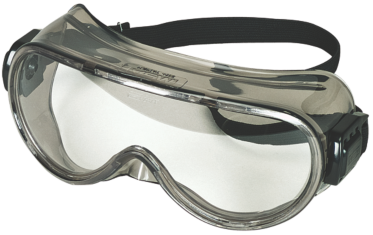
- Thermometer: For measuring temperature
- Wire brush: For cleaning the inside of a test tube

- Watch glass:For measuring mass
- Tongs: For removing and holding a hot beaker
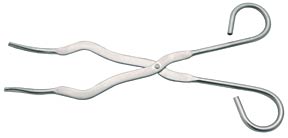
- Wire gauze: To protect the bottom of a beaker or flask from the flame; to support a beaker or flask on a ring clamp.

- Iron ring: For holding a flask, a beaker, or a test tube on a ring stand

- Test-tube holder: For holding an individual test tube

- Test-tube rack: For holding one or more test tube

- Erlenmeyer flask: For measuring and pouring liquids; NOT for heating or mixing substance

- Beaker: For measuring and pouring liquids; for heating or mixing substance

- Funnel: To aid in pouring a liquid from a wide mouth container to a small-mouth container; to filter substances when filter paper is used

- Test tubes: For heating a small amount of substance

- Tape mesure For measuring length or distance

- Micropipets: For transfer ring a small amount (drops) of liquid

- Forceps: For plucking or handling small objects
- Gas bottle: To mix or stir substances; made of glass to resist heat, stains, corrosion

- Bunsen burner: For heating, sterilitzation, and combustion

- Spatula: For stirring

- Pipet: For pulling liquid into a pipette
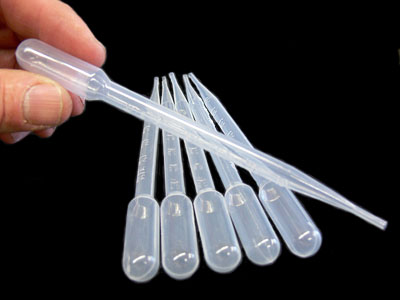
- Spatula: For holding solids while being weigheh, or as a cover for a beaker

- Gas bottle: For making up solutions to a known volume

- EXPLOSIVE: Substances that made explode under definite conditions. Avoid shock, friction, sparks and heat.
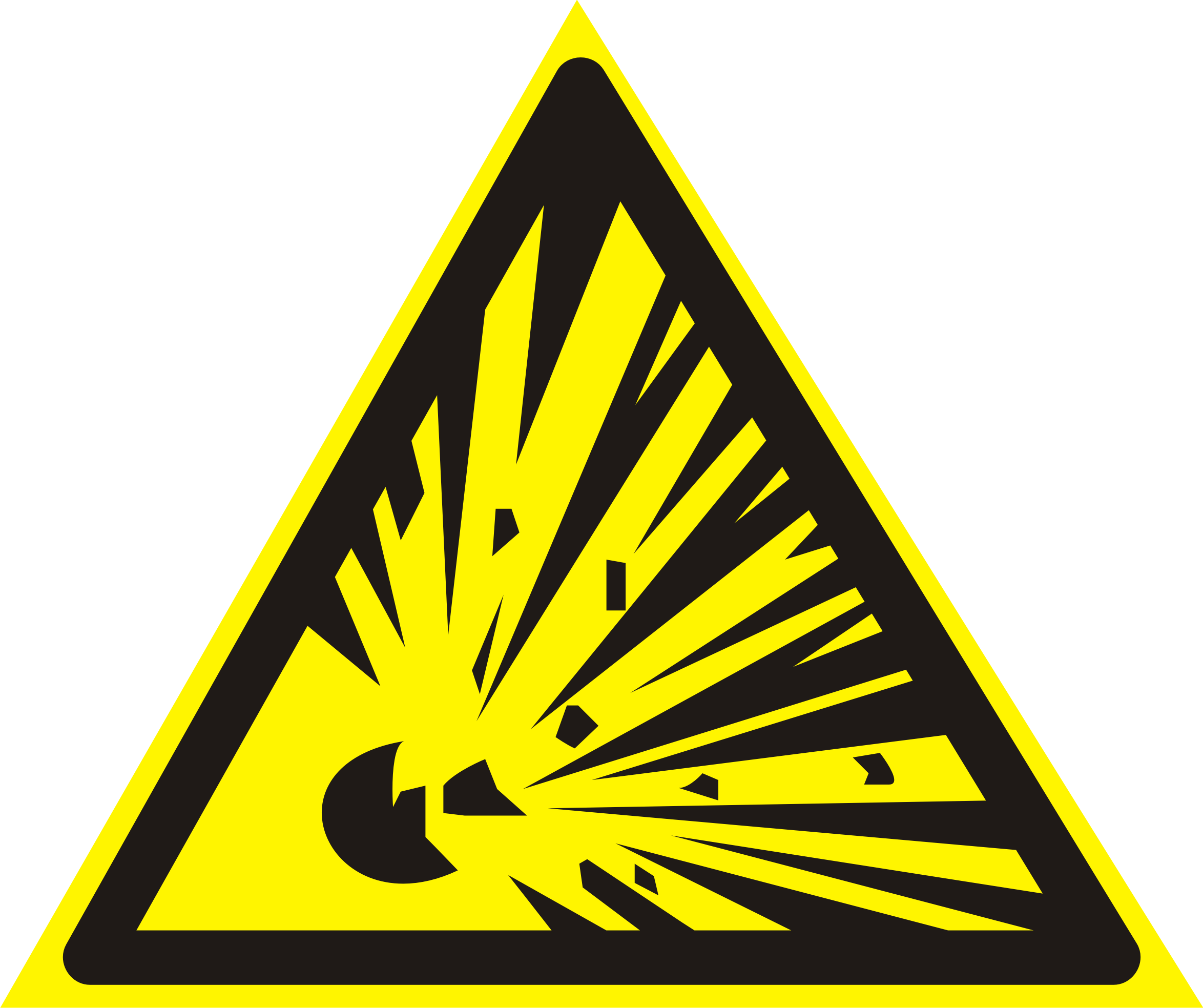
- OXIDISING: Substances that can ignite combustible material or worsen existing fires and thus make fire-fighting more diffucult. Keep away from combustible material.

- HIGHLY FLAMMABLE: Spontaneously flammable substances. Avoid contact with air. Highly flammable gases and flammables liquids. Keep away from open fires, sources of heat and sparks.

- TOXIC: Substances that very hazardous to health when breathed, swallowed or in contact with the skin and may even lead to death. Avoid contact with the human body.

- CORROSIVE: Substances that can destroy living tissue as well as equipment. Do not breath vapours and avoid contact with skin, eyes and clothing.
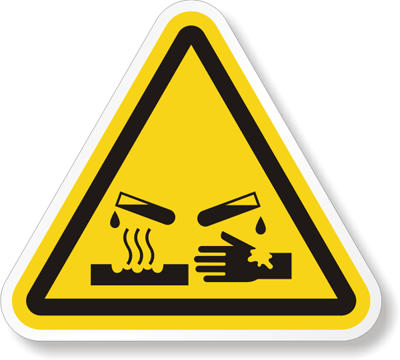
- IRRITANT: Symbol that designates substances that may have irritant effects on skin, eyes and respiratory organs. Do not breathe vapours and avoid contact with skin and eyes.

- HARMFUL: Substances that when taken up by the body cause slight damage. Avoid contact with the human body, including inhalation of the vapours.
What will you use for...?
1.- Holding 100mL of water: Beaker
2.- Measuring 27mL of liquid: Test Tube
3.- Measuring exactly 43mL of an acid: Erlenmeyer Flask
4.- Massing out 120g of sodium clhoride: Watch Glass
1.- Holding 100mL of water: Beaker
2.- Measuring 27mL of liquid: Test Tube
3.- Measuring exactly 43mL of an acid: Erlenmeyer Flask
4.- Massing out 120g of sodium clhoride: Watch Glass

No hay comentarios:
Publicar un comentario